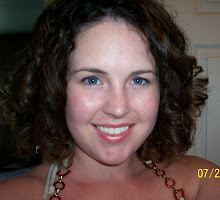
First, trace the pattern onto the paper side of the fusible product. Be sure to check your pattern to see if you should reverse trace. Since the fusible is ironed to the back of the fabric, the pieces will be reversed. Many patterns, but not all, account for this already.

After all pieces are traced, cut them apart about 1/4" outside of the lines. DO NOT cut on the lines yet! Also, if you trace the pieces in sections according to which fabric they go with, it will be easier to cut them out in sections according to fabric as I have done in the photo.

Once you have the pieces cut out, iron them to the WRONG side of the fabric. Use your iron on a medium to high setting, with no steam.

Now, you can cut your pieces out on the lines. The paper should still be on at this point. It is especially helpful to leave the paper on, labeled with the piece number or location, until you iron it to the block. When fusing multiple pieces, it is easy to lose track of where they go if you remove the paper too soon!

Now for the fun part! Remove the paper, place your pieces on the block, and iron them on. Be sure to place them in the right place the first time, because they are not easy to remove, and sometimes ruined if you try! Iron them on by placing the iron, again without steam, directly on top of each piece, NOT sliding. Sliding can catch the piece and move it out of place, often sticking it right to the bottom of your iron! (Don't ask how I know this)
The final step is to applique stitch around each piece. This can be a satin stitch, running stitch, or blanket stitch. It can be done by hand or machine, with embroidery thread or jean stitch thread. Black is often used, but you can also match color to fabric. At this time, also add any details like french knots in the flower centers.
I hope this is helpful for you! Please leave me a comment if you have questions or helpful hints to add.





No comments:
Post a Comment